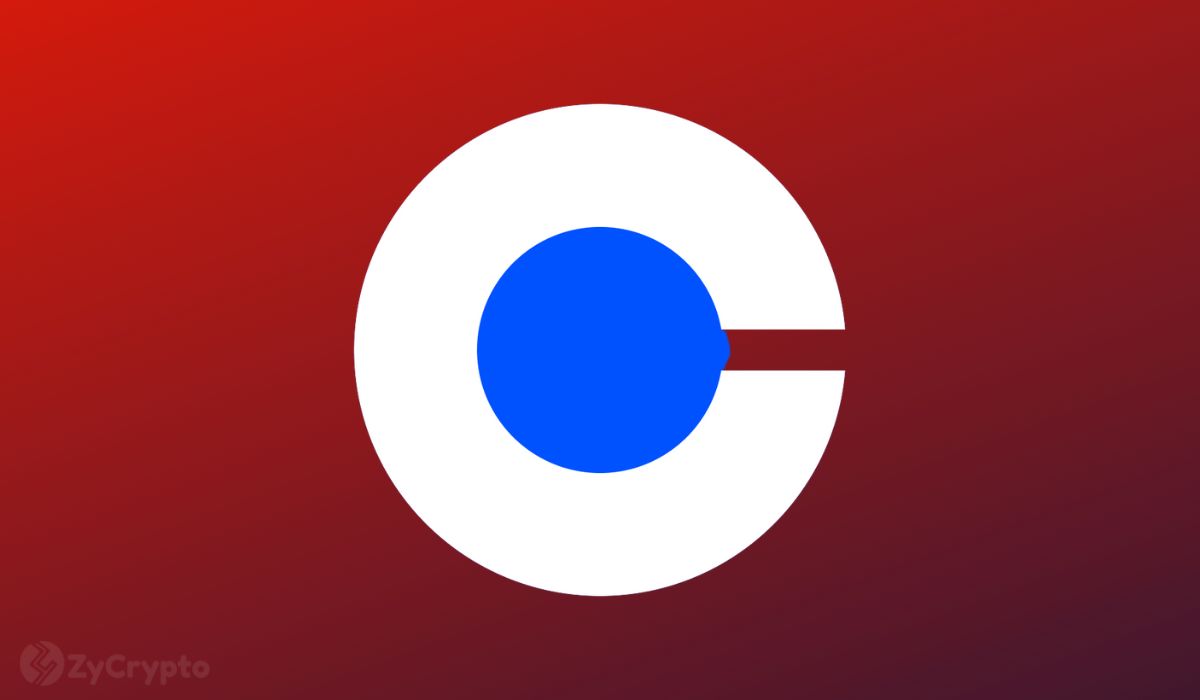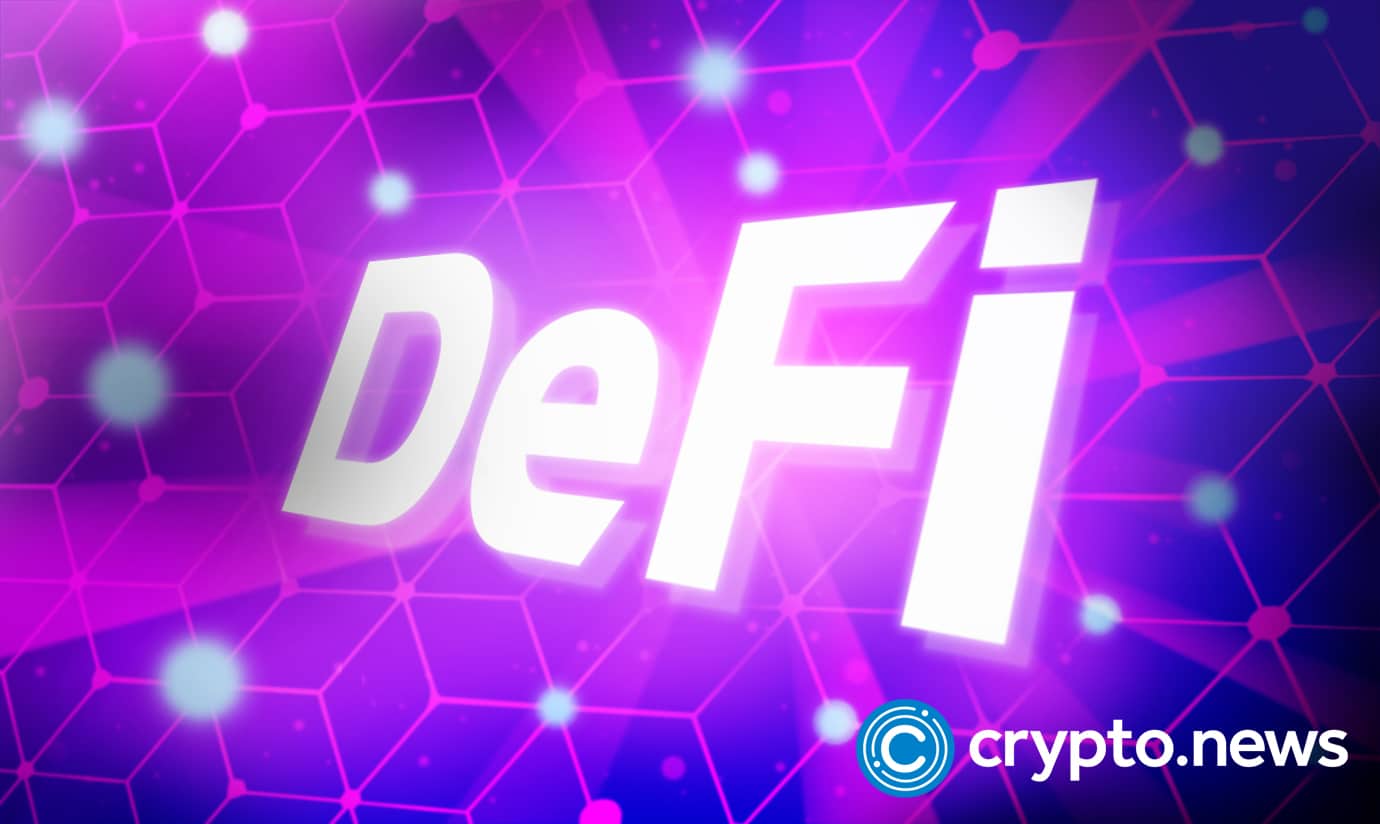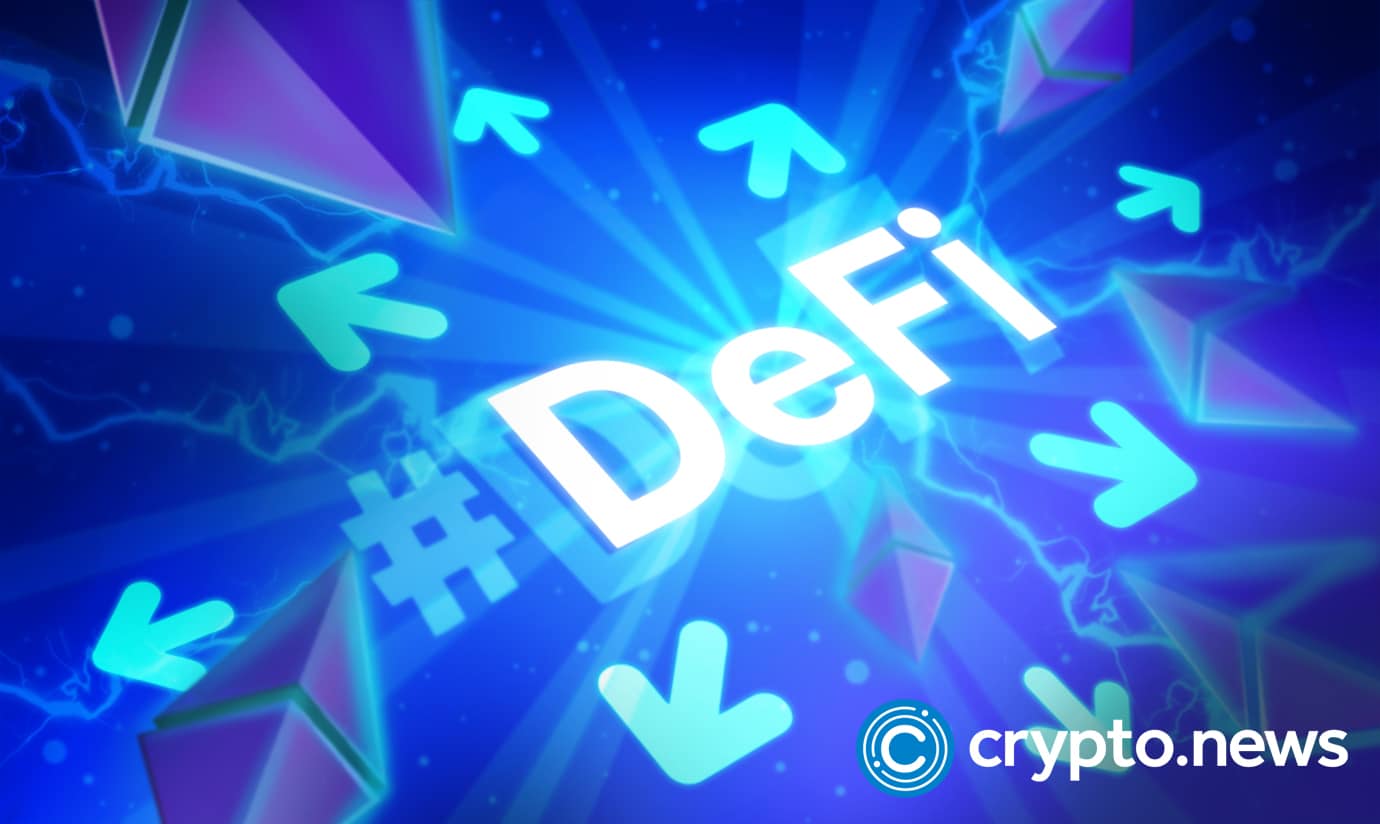
2024-4-2 16:30 |
In the recent past, DeFi was defined by a kind of tribalism as blockchain networks competed to entice developers to build in their ecosystem. While this competition has certainly continued, factionalism has gradually given way to fraternity as cross-chain interoperability solutions have come online.
These solutions are widely viewed as vital for DeFi as a whole, enabling blockchains and the protocols anchored to them to access more users and liquidity. Users can enjoy the freedom of seamlessly transferring their crypto assets across various ecosystems.
Interoperability – defined as the ability of disparate chains to share data, assets, and functionalities securely – has become a thriving subsector of DeFi with countless interoperability platforms enabling smooth communication and cooperation between formerly incompatible networks.
Bridging the Blockchain DivideRecent years have seen a surge in the number of cross-chain interoperability solutions, from token bridges like Synapse Protocol and Multichain to oracles like DIA and Equito and dedicated cross-chain DEXs such as Symbiosis.
Specialized protocols like Wormhole, LayerZero, and Axelar, meanwhile, have enabled previously irreconcilable, siloed blockchains like Solana and Ethereum to become part of the same broad ecosystem effectively.
One of the best-known names in the interoperability arena is the open source Inter-Blockchain Communication (IBC) protocol which enables heterogenous chains to trustlessly interact in order to exchange data, messages, and tokens. It secures over $30 billion in annual asset transfers for over 100 chains today.
Another fast-growing player in this space is The Open Network (TON), a Layer-1 blockchain designed for scalable cross-chain interoperability. With the ability to process millions of transactions per second, TON boasts over 3.5 million accounts and 815,000 wallets, with an average daily increase of 1,392. Toncoin, its native token, is used for network operations and transactions made on TON-based dApps, of which there are currently over 600. Earlier this month, Toncoin’s value saw a significant surge when it soared by almost 40%.
The Open Network has an interesting origin story: the project was once known as Telegram Open Network, only for the the team behind the messaging service to abandon it after an SEC crackdown on its ICO in 2020. Following this, independent developers rallied to resurrect the project and in recent years, Telegram has lent its support: last year, TON’s self-custody crypto wallet was integrated into Telegram and channel owners are now paid exclusively in Toncoin.
Orbs and TON: An Interoperable AllianceTON’s affiliation with another entity – Layer-3 public blockchain infrastructure project Orbs – has seen the Network achieve several notable improvements over the last year.
During this time, Orbs has developed many pieces of critical infrastructure for TON including an open-source tool for launching jettons (akin to ERC-20 tokens on EVM networks) known as TON Minter, a contract verification tool (Verifier), and a tool for unfreezing accounts (Unfreezer). The Orbs team also created a decentralized RPC, TON Access, which has quickly become the primary RPC for dApps on the network.
The relationship between TON and Orbs was further strengthened with the establishment of TON.Vote, a user-friendly governance tool for DAOs on the network, aimed at making decentralized governance more transparent and democratic. TON’s maiden governance vote this past February involved 1,726 voters and 1.7 million Toncoin while Orbs’ technical co-founder Tal Kol has become a TON ambassador.
With The Open Network’s ambitious goal to reach 30% of Telegram users in the next 3-5 years, and Orbs’ continued development of its core infrastructure, these two are likely to be part of any conversations around blockchain interoperability in 2024 and beyond.
A Bright Future for DeFiWhatever way you look at it, the growth of the interoperability market is a boon for DeFi, enhancing liquidity, improving user experience, and setting the scene for an altogether richer ecosystem for all participants. For the most part, factionalism between blockchains has become a relic of the past as the cross-chain market has flourished.
Thanks to the emergence and maturation of innovative cross-chain solutions like those discussed in this article, the future of decentralized finance (and crypto more generally) has become more interconnected, efficient, and accessible.
origin »Defi (DEFI) на Currencies.ru
|
|



















